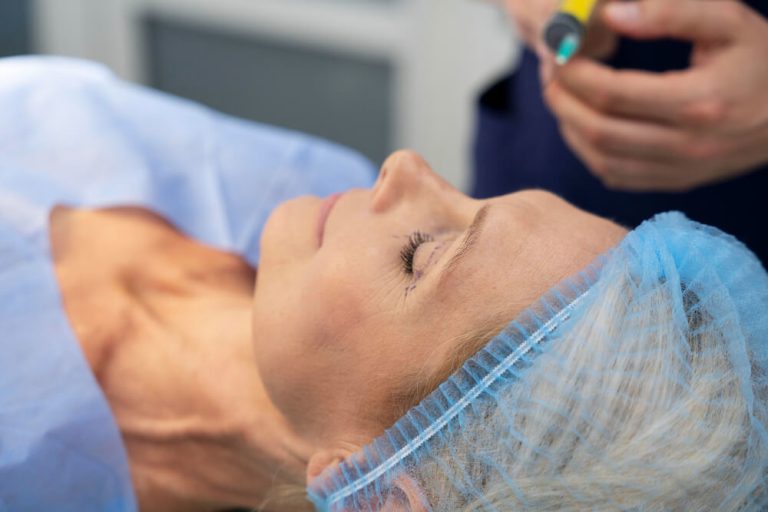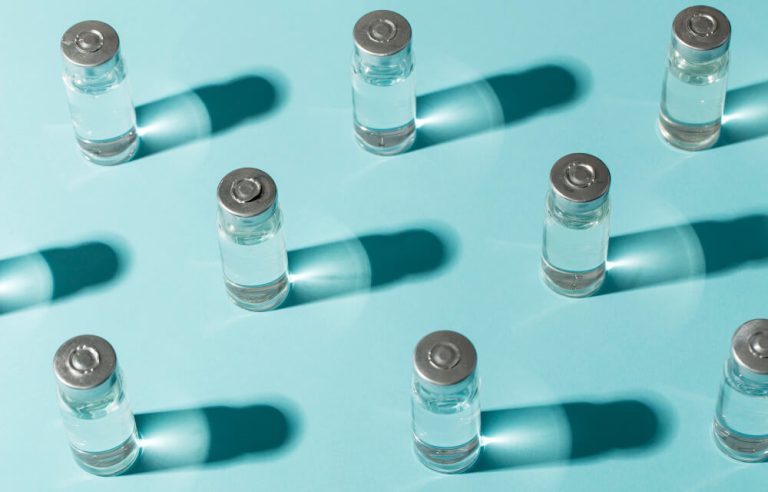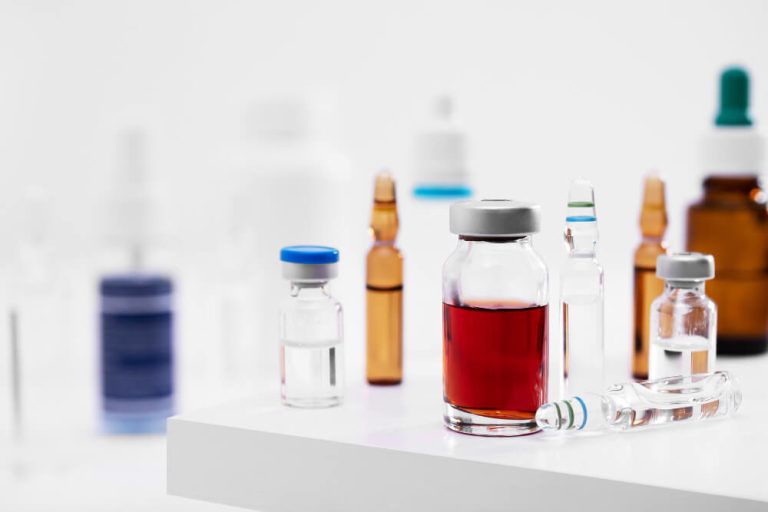Empowering Through Change: The Essential Guide to Menopause Training
Menopause is a natural and inevitable chapter in a woman’s life, yet it is often shrouded in silence and misunderstanding. It represents a significant biological shift, marking the end of menstrual cycles. But it is far from an ending. Instead, it is a new beginning that, with the right knowledge and support, can be a period of empowerment, health, and vitality. Many women feel unprepared for the physical and emotional changes that accompany this transition, navigating symptoms that can impact everything from their daily comfort to their long-term wellbeing.
The journey through perimenopause and menopause does not have to be a solitary or confusing struggle. A growing understanding of this life stage has illuminated powerful strategies for managing symptoms and optimizing health for decades to come. Central to this new paradigm is education. For both individuals seeking to understand their own bodies and healthcare professionals dedicated to providing the best care, specialized menopause training is the key that unlocks a more positive and proactive experience.
This comprehensive approach moves beyond simply treating hot flashes. It encompasses a holistic view of a woman’s health, integrating lifestyle adjustments, targeted exercise, nutritional guidance, and a modern understanding of hormone therapy. By equipping ourselves and our healthcare providers with this specialized knowledge, we can transform the narrative of menopause from one of endurance to one of thriving. This guide will explore the essential components of menopause training and how they empower a healthier, more confident passage through this important life transition.

What Exactly is Menopause?
To navigate this transition effectively, it is helpful to understand its distinct stages. The process is not a single event but a gradual continuum. It begins with perimenopause, a term that means ‘around menopause’. This phase can start in a woman’s late 30s or 40s and can last for several years. During perimenopause, the ovaries begin to produce less estrogen, leading to irregular menstrual cycles and the first appearance of menopausal symptoms.
Menopause itself is officially diagnosed after a woman has gone 12 consecutive months without a menstrual period. This milestone signifies the point at which the ovaries have stopped releasing eggs and producing most of their estrogen. The average age for menopause in many countries is around 51, but it can happen earlier or later.
The final stage is postmenopause. This refers to the years following menopause. While many symptoms like hot flashes may lessen or disappear during this time, the health risks associated with low estrogen levels, such as osteoporosis and heart disease, become more significant. This makes long-term health strategies a critical focus of postmenopausal care.
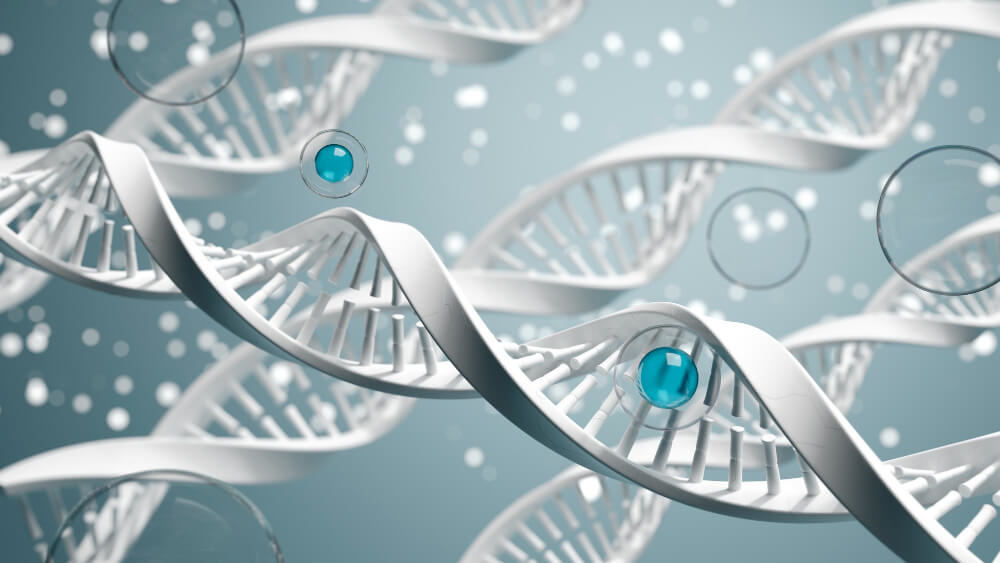
Why Are Symptoms So Varied and Unpredictable?
The experience of menopause is unique to each individual, which is why symptoms can range from mild to severe and affect women in vastly different ways. This variability is primarily due to the fluctuating and eventual decline of key hormones, most notably estrogen, progesterone, and to a lesser extent, testosterone. These hormones are not just for reproduction; they have receptors in cells throughout the body.
Estrogen, for example, plays a crucial role in regulating body temperature, maintaining bone density, preserving skin elasticity, and even supporting cognitive function and mood. When its levels become erratic and then drop, it can trigger a cascade of effects. This includes the classic vasomotor symptoms like hot flashes and night sweats, as well as sleep disturbances, mood swings, anxiety, and brain fog.
Similarly, the decline in progesterone can contribute to sleep problems and mood changes. The reduction of testosterone can impact libido, energy levels, and muscle mass. Because these hormonal shifts affect the brain, bones, cardiovascular system, and skin simultaneously, the resulting symptoms are incredibly diverse and can change over time, making a personalized approach to management essential.
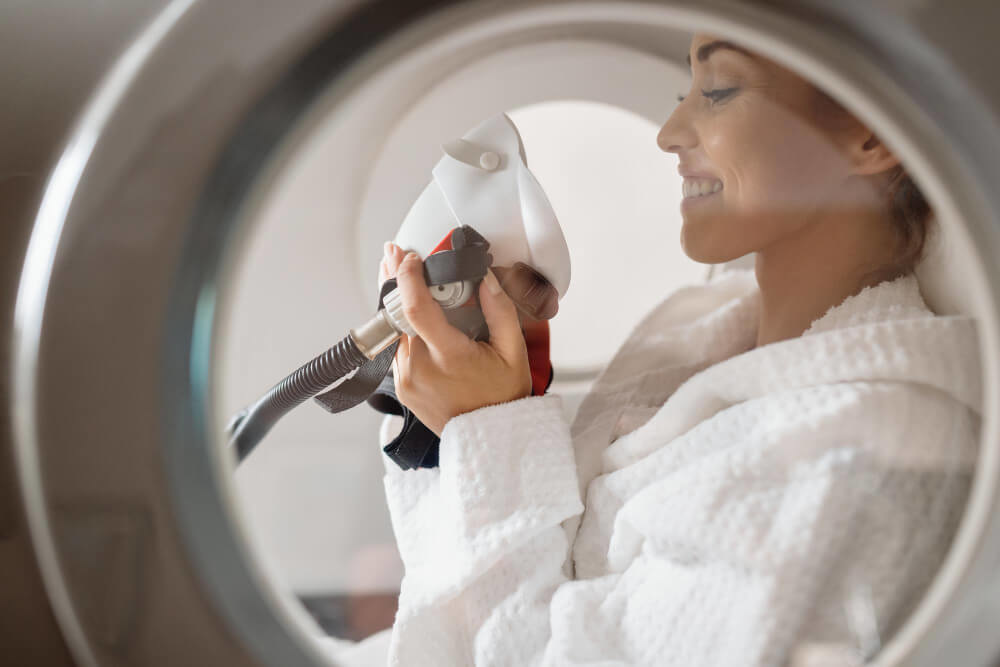
How Can Physical Activity Help During Menopause?
While it may not be a cure-all, consistent physical activity is one of the most powerful tools available for managing the challenges of menopause. Its benefits are wide-ranging and address many of the most common complaints associated with this transition. Regular exercise is a proven mood booster, stimulating the release of endorphins that can help combat the anxiety, irritability, and depressive feelings that hormonal shifts can cause.
Exercise is also fundamental for managing weight. As estrogen levels decline, the body’s metabolism tends to slow down, and fat storage often shifts to the abdominal area. This visceral fat is linked to increased health risks. Physical activity helps to burn calories, build metabolism-boosting muscle mass, and control weight gain, which in turn can reduce the risk of type 2 diabetes and heart disease.
Furthermore, exercise directly addresses two major long-term health concerns of postmenopause: bone loss and cardiovascular health. Weight-bearing activities help to slow the rate of bone density decline, reducing the risk of osteoporosis and fractures. Aerobic exercise strengthens the heart, improves circulation, and helps manage blood pressure and cholesterol levels, providing crucial protection against heart disease.

What Types of Exercise are Most Beneficial?
A well-rounded fitness routine is most effective for addressing the multifaceted nature of menopausal symptoms. The ideal plan incorporates a mix of cardiovascular work, strength training, and flexibility exercises. This combination ensures you are protecting your heart, bones, and mental health simultaneously.
First, cardiovascular or aerobic exercise is essential. Activities like brisk walking, jogging, cycling, swimming, or dancing elevate your heart rate and improve your body’s use of oxygen. This not only strengthens your cardiovascular system but can also help manage weight, improve sleep quality, and elevate mood. There is excellent guidance on effective routines, like those found in Healthline’s overview of menopause exercise. Aim for at least 150 minutes of moderate-intensity cardio per week.
Second, strength training is non-negotiable during and after menopause. Using weights, resistance bands, or your own body weight to challenge your muscles helps to build lean muscle mass. This is vital because muscle is metabolically active, meaning it burns more calories at rest. More importantly, strength training puts stress on your bones, signaling them to become stronger and denser. Experts often recommend specific workouts, and you can find great examples in this guide to the best exercises during menopause.
Finally, do not overlook flexibility and balance exercises. Activities like yoga, Pilates, and tai chi can significantly reduce stress and anxiety by promoting mindfulness and controlled breathing. They also improve posture, reduce aches and pains, and enhance balance, which is critical for preventing falls as you age. As the NHS suggests for menopause symptoms, these activities are crucial for overall wellbeing and can be a calming antidote to the stresses of this life stage.

How Can I Fit Exercise Into a Busy Schedule?
The intention to exercise is one thing; finding the time is another. Life is often hectic, and adding a new routine can feel daunting. The key is to start small and be realistic. You do not need to block out an hour every day at a gym to see benefits. Breaking up activity into smaller, more manageable chunks can be just as effective.
Consider ‘exercise snacking’, where you fit in 10 or 15-minute bouts of activity throughout your day. This could be a brisk walk during your lunch break, a quick set of squats and lunges while waiting for dinner to cook, or stretching while watching television. The cumulative effect of these small efforts can be substantial.
Scheduling your workouts like any other important appointment can also increase your chances of sticking with it. Put it in your calendar and treat it as a non-negotiable meeting with yourself. Finding an activity you genuinely enjoy is also crucial for long-term adherence. If you hate running, do not force it. Try a dance class, a hiking group, or a team sport instead. The North American Menopause Society offers an excellent exercise toolkit for busy women to help you get started with practical tips and plans.

What Does Modern Menopause Care Involve?
While exercise is a cornerstone of wellbeing during menopause, a truly effective management strategy is holistic and personalized. Modern menopause care has moved far beyond the outdated advice to just ‘put up with it’. It recognizes menopause not as a disease, but as a complex transition that requires a multifaceted approach, tailored to the individual’s symptoms, health history, and long-term goals.
This comprehensive care model integrates lifestyle medicine, which includes nutrition, stress management, and sleep hygiene, with the latest medical interventions. It involves a thorough assessment by a knowledgeable healthcare provider who can help a woman understand her options. This may include discussions about dietary changes to support bone and heart health, mindfulness techniques to manage mood, and a careful evaluation of the risks and benefits of various therapies.
The goal of modern care is twofold: to alleviate the immediate, often debilitating, symptoms that impact quality of life, and to implement a preventative strategy for the future. By addressing health proactively during this window of change, women can significantly reduce their risk of chronic diseases later in life. It is about empowering women with the knowledge and tools to take control of their health journey.

How is Menopause Hormone Therapy (MHT) Evolving?
Menopause Hormone Therapy, or MHT, has undergone a significant evolution over the past two decades. Once a standard treatment, its use declined dramatically after initial reports from the Women’s Health Initiative study raised safety concerns. However, subsequent re-analysis and newer research have provided a much more nuanced understanding of MHT, highlighting that for many women, the benefits can far outweigh the risks, especially when started before the age of 60 or within 10 years of menopause.
Today’s approach to MHT is all about personalization. It is no longer a one-size-fits-all prescription. Modern MHT involves using the lowest effective dose for the shortest necessary time to manage symptoms. The type of hormone, the dose, and the delivery method are all tailored to the individual’s specific needs and health profile. This requires a deep understanding from the prescribing clinician. This is where specialized education in advanced menopause hormone therapy MHT prescribing becomes invaluable for clinicians.
This advanced training ensures that practitioners are up-to-date on the latest evidence, including the differences between various formulations and the specific indications for each. It allows them to confidently guide patients through a shared decision-making process, weighing the potential for symptom relief against any potential risks based on personal and family medical history. This sophisticated approach is transforming MHT into a safe and highly effective option for the right candidates.
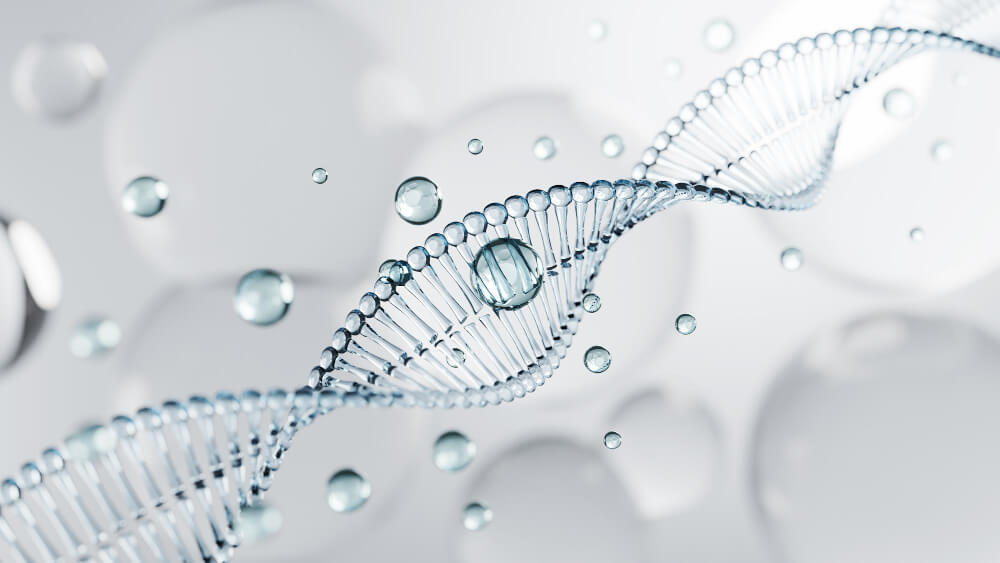
Are There Different Ways to Take Hormones?
Yes, a key part of the modern, personalized approach to MHT is the variety of available delivery systems. Hormones can be administered in several ways, and the choice of method can impact both effectiveness and safety profile. The two main categories are oral and transdermal delivery.
Oral MHT, taken as a pill, was the traditional method. While effective, hormones taken orally are first processed by the liver. This ‘first-pass metabolism’ can affect clotting factors, which is why oral estrogen is associated with a slightly higher risk of blood clots or venous thromboembolism compared to other methods.
Transdermal MHT delivers hormones directly into the bloodstream through the skin, bypassing the liver. This can be done via patches, gels, or sprays. Because they avoid the first-pass effect in the liver, transdermal methods are generally considered to have a lower risk of blood clots and are often the preferred choice for women with certain risk factors. Understanding the nuances of each system is critical for safe prescribing, which requires dedicated training on transdermal vs oral hormone delivery systems.

Why is Proactive and Preventative Care So Important?
Menopause is more than just a collection of symptoms; it is a critical inflection point for a woman’s long-term health. The decline in estrogen accelerates bone loss and leads to unfavorable changes in cholesterol levels, increasing the risk for both osteoporosis and cardiovascular disease, which is the leading cause of death in women. Therefore, viewing menopause as a window of opportunity for preventative care is essential.
A proactive approach during this time can change a woman’s entire health trajectory for the decades to follow. This involves comprehensive health screenings, including bone density scans, blood pressure checks, and cholesterol panels. It also means implementing lifestyle strategies that will protect the body for the long haul, such as a heart-healthy diet, regular weight-bearing exercise, and avoiding smoking.
For healthcare providers, this requires a shift from a reactive, symptom-based model to a proactive, preventative one. It means discussing long-term risks with patients and co-creating a plan to mitigate them. Developing effective protocols for preventative care in a GP setting is a cornerstone of modern menopause management, ensuring that every woman receives the guidance she needs to not just survive menopause, but to set herself up for a long and healthy life.

Why Do Healthcare Professionals Need Specific Menopause Training?
Despite the fact that menopause will be experienced by half the population, it has been historically under-addressed in medical education. Many doctors, nurses, and other healthcare professionals receive only minimal instruction on the complexities of menopausal care during their standard training. This knowledge gap can lead to women’s symptoms being dismissed, misdiagnosed, or inadequately treated.
The field of menopause medicine is rapidly advancing, with new research constantly refining our understanding of symptoms, long-term health risks, and treatment options like MHT. Without ongoing, specialized education, clinicians may be relying on outdated information, which can prevent them from offering the safest and most effective care available.
Specialized menopause training fills this critical void. It equips professionals with the up-to-date, evidence-based knowledge they need to confidently and competently manage menopausal care. This includes understanding the nuances of diagnosis, navigating the complexities of hormone therapy, and providing holistic, patient-centered advice on lifestyle interventions. It empowers them to become trusted partners in their patients’ health.
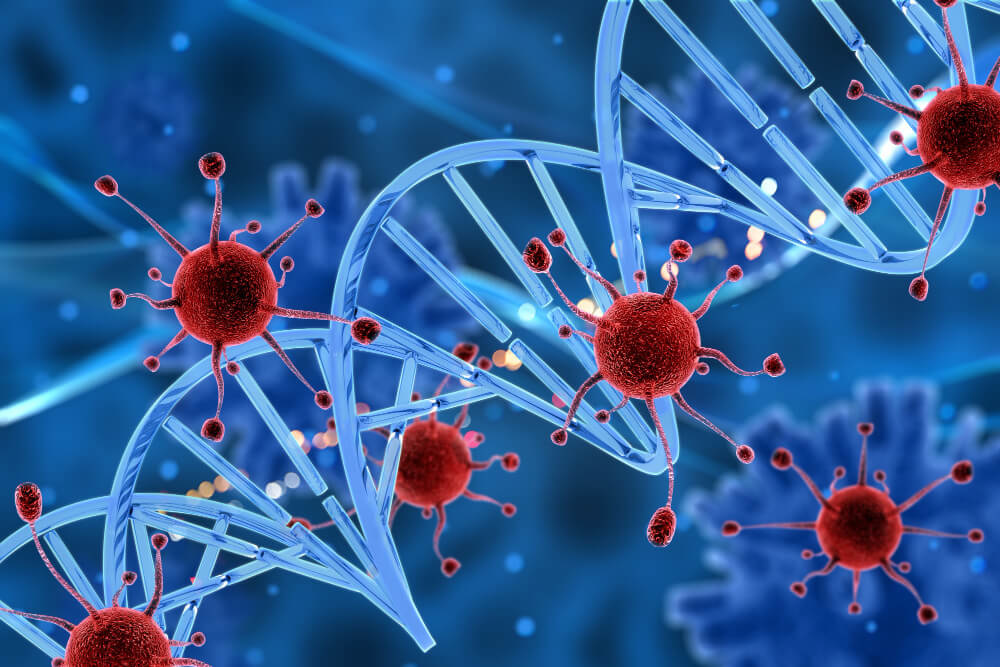
What Does High-Quality Menopause Training Cover?
Comprehensive, high-quality menopause training goes far beyond a simple review of symptoms. It is an in-depth program designed to create true experts in the field. A robust curriculum will cover the complete physiology of the menopausal transition, from the hormonal fluctuations of perimenopause to the long-term health implications of postmenopause.
A key component is advanced training in hormone therapy. This includes a deep dive into the different types of hormones, the various delivery systems, appropriate dosing strategies, and a thorough understanding of the current evidence on risks and benefits. It teaches clinicians how to personalize treatment plans based on a patient’s unique health profile and preferences.
Furthermore, elite training programs emphasize a holistic and preventative approach. They integrate modules on nutrition, exercise science, stress management, and sleep medicine as they relate to menopause. They also focus on crucial communication skills, teaching providers how to listen to patients, validate their experiences, and engage in shared decision-making to create a care plan that feels both effective and empowering.
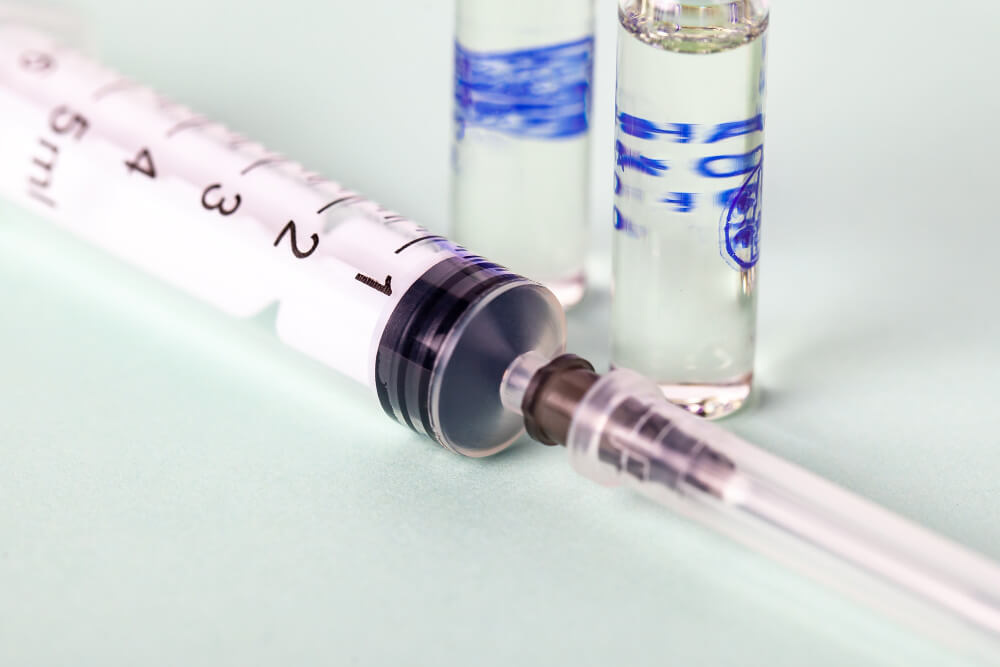
How Does This Training Benefit Patients?
Ultimately, the greatest benefit of specialized menopause training for healthcare professionals is the profound positive impact it has on patients. When a woman consults with a clinician who has this expertise, her experience is fundamentally different. She is more likely to feel heard, understood, and taken seriously.
A well-trained provider can accurately diagnose her stage of the transition and offer a clear explanation of what is happening in her body. They can present a full spectrum of evidence-based treatment options, from lifestyle changes to MHT, and help her make an informed choice that is right for her. This leads to better symptom control, improved quality of life, and a reduction in unnecessary suffering.
Moreover, this expertise translates into better long-term health outcomes. By focusing on preventative care, these clinicians help women reduce their future risk of osteoporosis, heart disease, and other chronic conditions. A well-informed patient, guided by a well-trained professional, is an empowered patient who can navigate menopause with confidence and look forward to a healthier future.
Menopause is not a destination of decline but a journey of transformation. With the right education and support, it can be a gateway to a new phase of life characterized by wisdom, vitality, and proactive health management. The key lies in arming both individuals and their healthcare providers with the specialized knowledge needed to navigate this change successfully.
Frequently Asked Questions

Why do hot flashes and night sweats seem to be more disruptive at night?
Night sweats are essentially hot flashes that happen during sleep, often triggered by the body’s natural temperature fluctuations combined with declining estrogen levels. During menopause, the brain’s thermostat becomes more sensitive, and even a slight increase in core body temperature can trigger an intense heat-release response. This physiological reaction is what abruptly wakes you up, often drenched in sweat.
The disruption goes beyond the initial awakening, as the event activates your body’s "fight or flight" system, increasing your heart rate and alertness. This makes it incredibly difficult to fall back asleep quickly, leading to fragmented rest and a disrupted sleep cycle. Over time, this pattern can create anxiety around bedtime, further compounding the sleep problem.
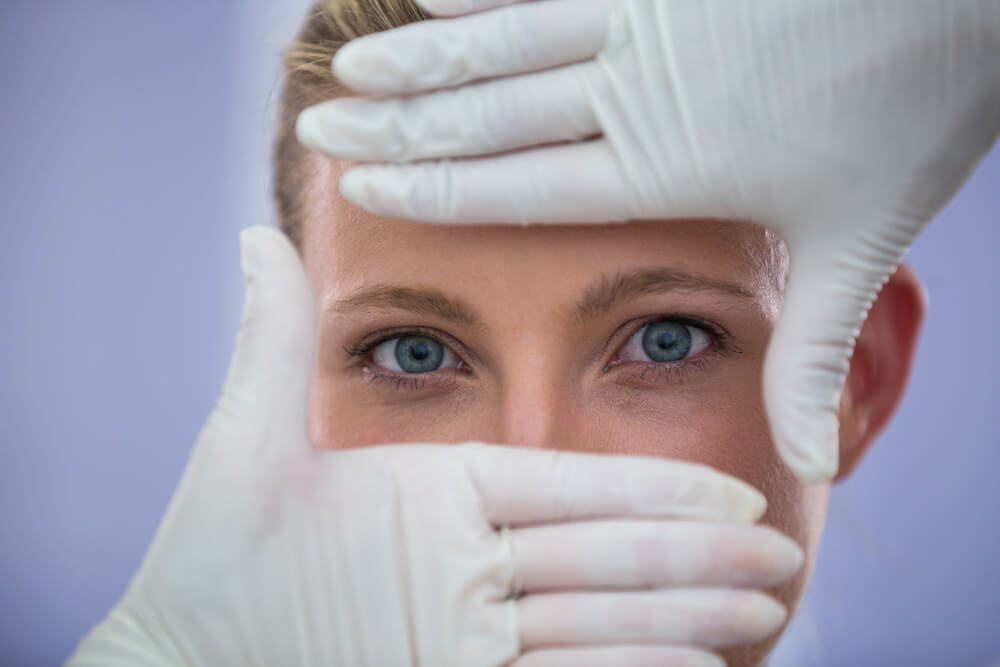
Besides hormone therapy, what are the most effective lifestyle changes for better sleep during menopause?
Cognitive Behavioral Therapy for Insomnia, or CBT-I, is a highly effective non-hormonal treatment that addresses the thoughts and behaviors preventing sleep. It helps you reframe anxiety about sleeplessness and establish a strong connection between your bed and rest. This therapy provides structured techniques, such as stimulus control and sleep restriction, to retrain your brain for more efficient sleep.
In addition to CBT-I, optimizing your sleep hygiene is crucial for managing menopausal symptoms. This includes maintaining a cool, dark, and quiet bedroom to counteract night sweats and creating a consistent wind-down routine to signal to your body that it’s time for rest. Avoiding stimulants like caffeine and alcohol, especially in the evening, also plays a significant role in preventing sleep disturbances.
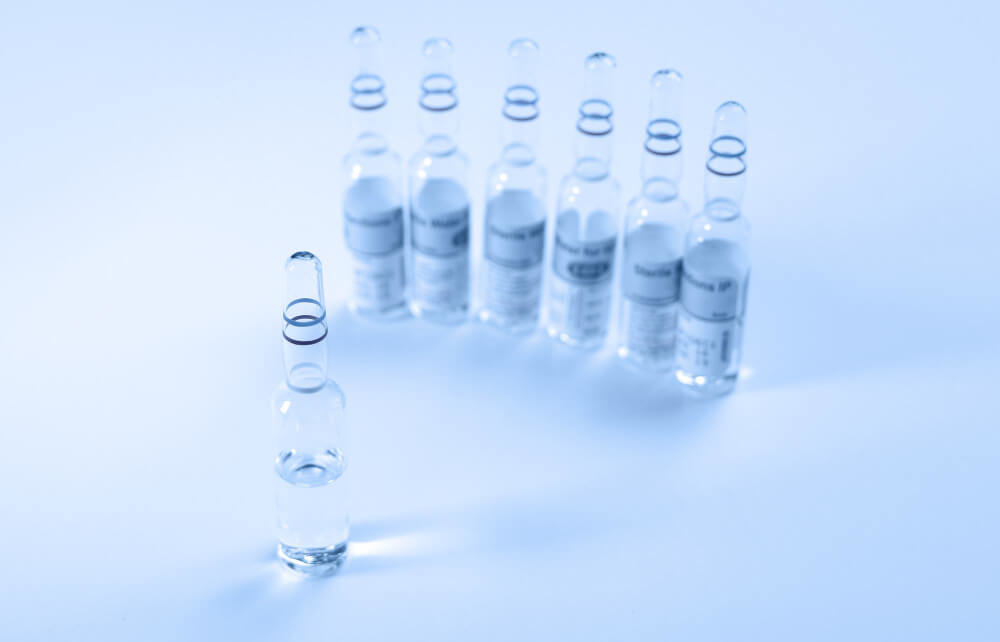
Do sleep problems from menopause ever go away on their own?
For many women, sleep disturbances directly caused by hormonal fluctuations, particularly night sweats, do tend to improve and often resolve after the menopausal transition is complete. As your body fully adjusts to a new, stable level of lower estrogen, these specific triggers become less frequent and intense. While this process can take several years, a significant reduction in hormonally-driven sleep issues is a common long-term outcome.
However, it is important to recognize that the poor sleep habits and anxiety developed during menopause can persist even after the hormonal triggers have subsided. This is why proactively addressing sleep issues with behavioral strategies and good sleep hygiene is so important. By building a healthy sleep foundation during menopause, you not only manage current symptoms but also prevent chronic insomnia from developing later in life.
Are you ready to lead the change in women’s health? Discover the most comprehensive functional medicine training, longevity training, and biohacking certification programs designed specifically for healthcare professionals, medics, and clinic owners who want to master regenerative medicine protocols and anti-aging therapies. Elevate your practice with Talking Longevity.



